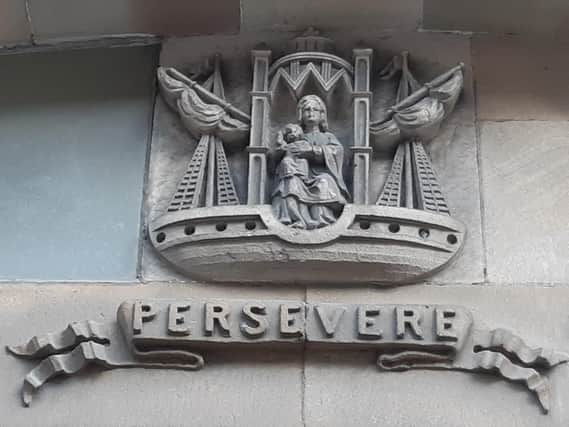The passing of the controversial 1920 Edinburgh Boundaries Extension and Tramways Act saw Auld Reekie fuse together with the old port and four Midlothian parishes to the south.
Leithers were passionate about the sovereignty of their town and voted overwhelmingly in favour of remaining separate from Edinburgh in two plebiscites held over the course of 1920.
Nevertheless, the boundaries act went through.
Here, we look at 11 remnants that serve as a reminder of the days when Leith was an independent burgh in its own right.
Nevertheless, the boundaries act went through.
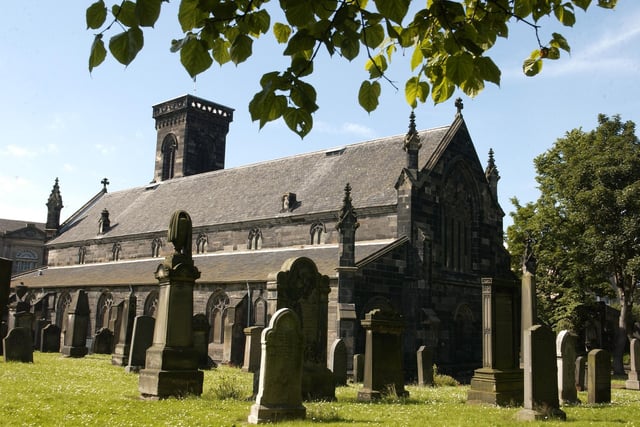
5. South Leith Parish Church
Nowadays Leith is vast, but it once came to an end at what is now the Foot of Leith Walk. Consecrated in the 15th century, South Leith Parish Church is named as such because it really was at the south end of Leith and a full two miles from central Edinburgh. Today, we might consider it to be in north Leith. Photo: JON SAVAGE
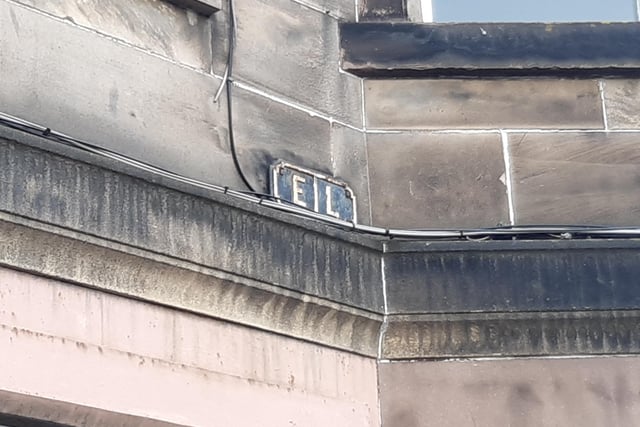
6. Boundary markers
The old boundary between Edinburgh and Leith was well-defined and we can still see evidence of this on many buildings. This plaque, fixed to a tenement frontage in Albion Road, bears the letters E and L to mark the frontier betwixt the two burghs. Photo: Contributed
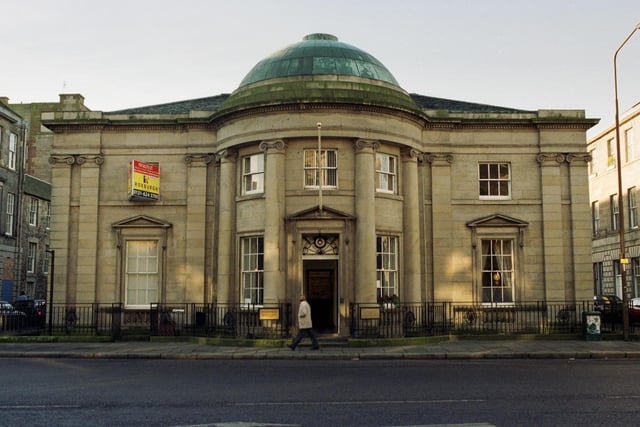
7. Leith Bank
Founded in 1793, Leith burgh once had its own counting house and circulated its own unique notes. The old Leith Banking Company building can still be seen today on Bernard Street. Photo: NEIL HANNA
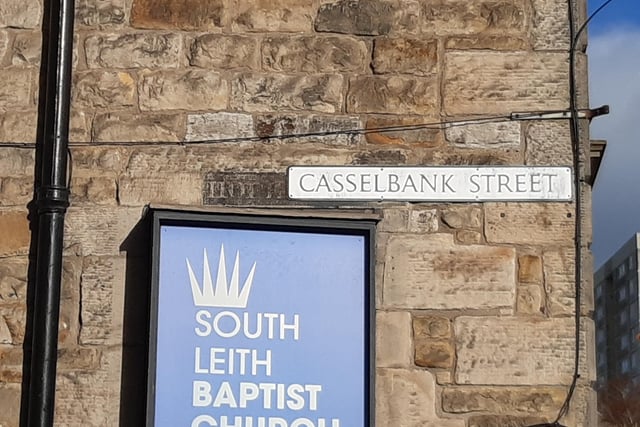
8. Street names duplication
The 1920 amalgamation forced the alteration of numerous street names in Edinburgh and Leith to avoid duplication - a real headache for taxi drivers. Hope Street (pictured) in Leith was changed to Casselbank Street, while in Edinburgh's New Town, Pitt Street, which had a Leith twin, was altered to become an extension of Dundas Street. Photo: Contribution
